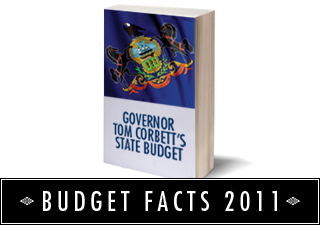Media
On School Spending “Cuts”
 A reader writes in, noting that a school board member is pushing the “stop the billion dollar cut” campaign, and asking for some info. Here are some quick facts.
A reader writes in, noting that a school board member is pushing the “stop the billion dollar cut” campaign, and asking for some info. Here are some quick facts.
More than one-half of the “billion dollar cut” was the loss of federal stimulus dollars—actually a $1 billion loss in federal stimulus dollars offset by a $500 million increase in state basic education support—which school districts knew would be going away, and were instructed not to spend on ongoing expenses. The other half was in “Accountability Grants” and “Charter School Reimbursements”—the latter of which was paying school districts for students they were no longer educating. If a school district says they have to make cuts because of this loss of revenue, it is a case of mismanagement due to spending stimulus money on recurring programs.
The reduction is a small fraction of the $26 billion schools receive now. School spending increased from $4 billion in 1980 to $25 billion in 2008. Even in the last four years—with $700 million in new gambling money for property tax relief and a $2 billion increase in state support—property taxes increased by $2.1 billion. When asked why school spending increased by this amount, most school boards point to mandates—which is why Gov. Corbett’s proposal included (and the House & Senate are working on) mandate relief for school districts, to allow them to control spending.
Moreover, the “proven programs” of Pre-K, Full Day Kindergarten, and reduced class size are unproven to have any long-term impact on educational outcomes. While large government preschool programs improve test scores in early years, these results disappear by 3rd grade. The same is true with studies of full day kindergarten. And class size has no link with academic performance. Of course, what all of these programs do is increase the number of staff (and dues paying union members), which is why school employment has increased while school enrollment has decreased in Pennsylvania.